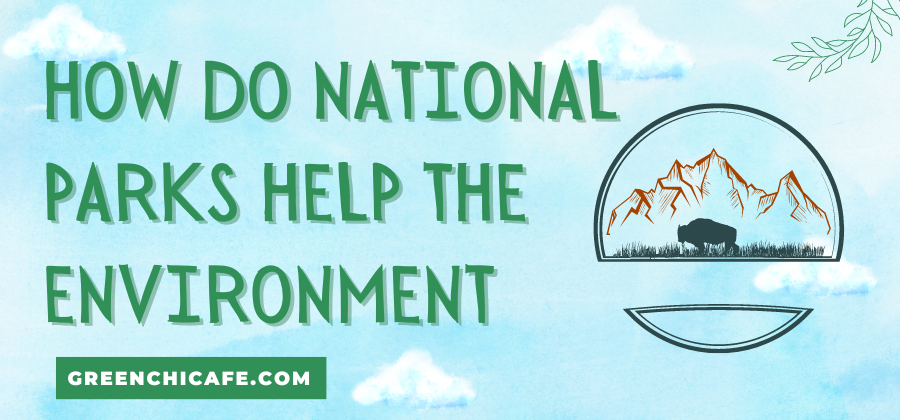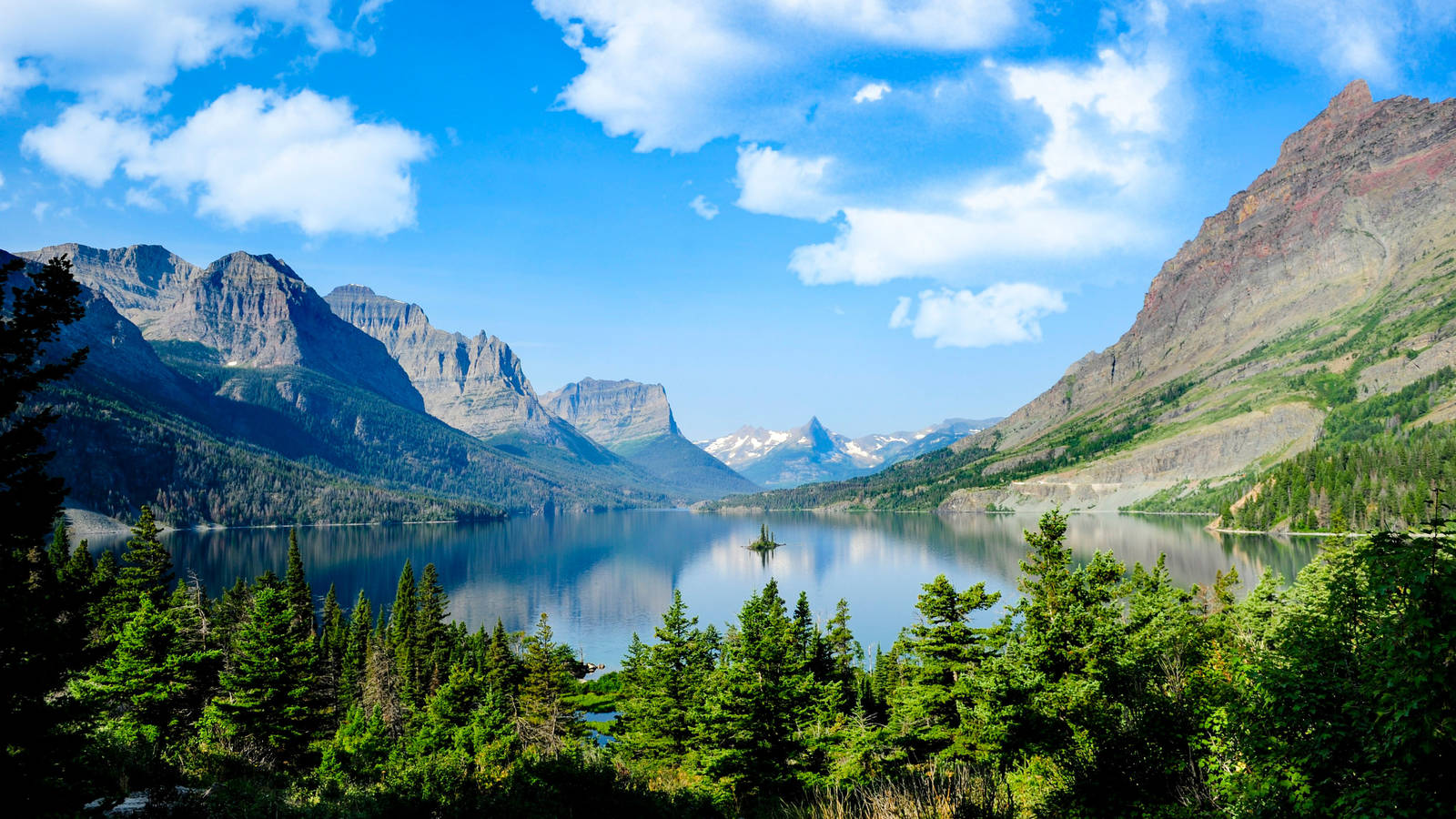National parks play a vital role in protecting the environment by supporting biodiversity, renewable energy, and sustainability efforts.
They serve as anchors for larger conservation efforts and provide clean air, water, and renewable energy.
This article explores the many ways our national park system preserves ecosystems and combats climate change.
How Do National Parks Help the Environment?
National parks provide tremendous environmental benefits by preserving biodiversity, protecting natural resources, mitigating climate change, and engaging people in sustainability efforts.
They are essential tools for maintaining the health of our planet.
Key Points
- National parks protect over two-thirds of all federally listed threatened and endangered species.
- National parks provide ecosystem services like clean air, water filtration, and flood control.
- The NPS actively restores degraded ecosystems and implements renewable energy systems.
The Many Environmental Benefits of National Parks
National parks provide a wide array of environmental benefits that help sustain the health of our planet.
By preserving ecosystems and natural processes, they support biodiversity, ecosystem services, and climate resilience.
How Do National Parks Protect and Restore Ecosystems?
By protecting intact ecosystems, national parks provide ecosystem services like cleaner water and air, flood control, and pollination.
They also help degraded ecosystems recover through restoration projects that control invasive species, reintroduce natives, and implement sustainable resource management.
How Do National Parks Combat Climate Change?
National parks reduce greenhouse gas emissions by protecting carbon sinks like forests and coastal wetlands.
They also increase climate resilience by enabling species migration and buffering intact ecosystems from extreme weather.
The NPS is implementing renewable energy systems and sustainable practices to minimize its carbon footprint.
How Do National Parks Protect and Restore Water Sources?
National parks safeguard watersheds, lakes, aquifers, and other freshwater sources that provide drinking water for millions.
Their forested areas control runoff and recharge groundwater, filtering pollutants.
The NPS actively restores and monitors water resources to ensure clean, abundant water for wildlife and people.
How Do National Parks Keep Air Clean?
By protecting large swaths of natural areas, national parks provide clean air to breathe for nearby communities.
Their vast forests filter pollutants and absorb carbon dioxide emissions.
National parks also regularly monitor air quality and work to mitigate pollution sources that threaten ecosystems and public health.
How Do National Parks Provide Renewable Energy?
Many national parks install solar panels, geothermal systems, and other renewables to minimize fossil fuel dependence.
Some parks allow renewable energy generation in buffer zones that don’t disturb sensitive ecosystems.
The NPS implements sustainable practices and green buildings to reduce energy usage.
How Do National Parks Engage Visitors and Local Communities?
Through education programs, visitor centers, and ranger talks, national parks connect people to nature and share conservation values.
Local community partnership programs bring STEM education, recreation access, and green jobs to diverse populations near parks.
These programs help communities share the benefits and responsibilities of environmental protection.
How Do National Parks Benefit Society?
National parks provide tremendous social, economic, and quality of life benefits to society.
They positively impact public health through outdoor recreation opportunities and access to natural spaces.
National parks also bring tourism revenue to nearby communities, supporting local economies.
Studies show time in nature reduces stress, improves moods, enhances creativity, and boosts cognitive skills.
National parks protect important pieces of cultural heritage, ensuring future generations can experience these places.
They provide affordable, accessible recreation areas for all demographics.
Parks also convene diverse stakeholders to work towards common solutions, strengthening social cohesion.
Overall, national parks improve well-being on individual, community, and societal scales by connecting people to nature, history, recreation, and each other.
How Do National Parks Help Protect Wildlife?

National parks provide protected habitat for countless plant and animal species.
Their vast, undisturbed landscapes allow species to thrive without interference.
Park ecosystems support natural wildlife behaviors like seasonal migration and breeding that would be disrupted outside the parks.
The Endangered Species Act is strengthened by national parks, which provide some of the last safe havens for critically imperiled species.
Examples include the black-footed ferret in Badlands, grizzly bears in Glacier and Yellowstone, whooping cranes in Wood Buffalo National Park, and over 300 threatened species protected by Everglades National Park.
National parks maintain connectivity between fragmented habitats, enabling wildlife movement and gene flow between populations.
They also support recovery through restoration projects that reintroduce native species.
Overall, national parks are arks protecting invaluable biodiversity and wildlife.
What 5 Reasons Deem National Parks Important?
There are five main reasons national parks are vitally important:
- They protect ecosystems, biodiversity, and natural processes. National parks provide safe havens for threatened species and ecosystems.
- They safeguard water, air, and other natural resources that sustain life. National parks keep critical resources clean through stewardship.
- They mitigate climate change through carbon sequestration and renewable energy. Parks reduce emissions and promote adaptation.
- They provide affordable recreation access to connect people with nature. Visitor experiences foster environmental ethics.
- They convene diverse partners to work towards sustainability goals. Parks bring people together for conservation.
How Does the NPS Promote Environmental Stewardship?
The National Park Service leads by example to promote environmental stewardship in all aspects of agency culture and operations.
NPS staff act as role models of sustainability, from park rangers leading youth programs to facilities managers implementing energy efficiency upgrades.
Key stewardship initiatives include expanding renewable energy, greening park infrastructure through LEED-certified buildings, purchasing hybrid vehicles, reducing waste through recycling and composting, monitoring air and water quality, restoring degraded ecosystems, protecting night skies, and integrating climate change science into planning and management.
Partnerships with external organizations, research institutions, and tribal nations further collective stewardship capacity.
Outreach campaigns like Find Your Park seek to share conservation ethics with new generations.
Overall, the NPS promotes environmental stewardship systemically through sustainable operations, educational programming, and an agency-wide conservation ethic.
Conclusion
Our national parks provide clean air and water, conserve biodiversity, and mitigate climate change.
They also engage broad coalitions of people in the shared work of environmental stewardship.
By supporting our national parks, we invest in the future health of our planet and our role as stewards of the natural world.
Frequently Asked Questions
How are national parks funded?
The National Park Service budget comes from federal appropriations, as well as revenue generated from entrance fees, concessions, and partnerships. Philanthropic donations also help support national parks.
What is the difference between a national park and a national forest?
National parks are managed for preservation and public recreation, while national forests are managed for multiple uses like logging, grazing, and resource extraction in addition to conservation.
Why should I visit national parks?
Visiting national parks provides tremendous educational, recreational, spiritual, and health benefits. You can connect with nature, learn about environmental stewardship, explore diverse landscapes, and gain a sense of history.
How can I help national parks?
You can volunteer, donate, practice Leave No Trace ethics when visiting, participate in citizen science projects, vote for leaders who prioritize conservation, and spread awareness about the importance of national parks.
GreenChiCafe is passionate about the environment and our natural world. Check out our website for more great content on all things green living!

Annie is a passionate environmental writer and activist. She has been writing about sustainability, conservation, and green living for over 15+ years. Annie is dedicated to raising awareness about environmental issues and providing practical tips for living an eco-friendly lifestyle. When she’s not writing, you can find her volunteering with local environmental organizations, teaching workshops on zero waste living, or exploring nature. Feel free to get in touch with Annie: annie@greenchicafe.com

